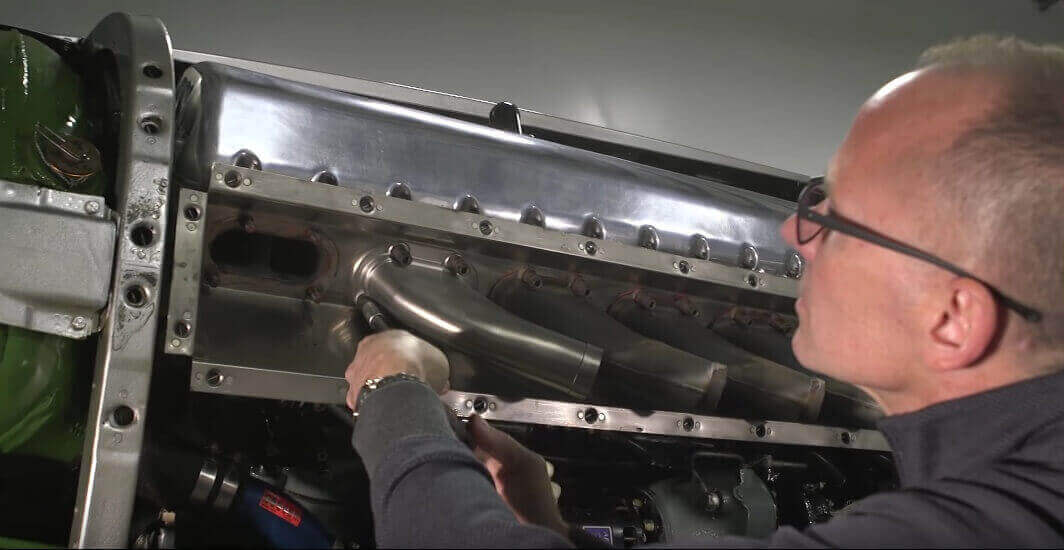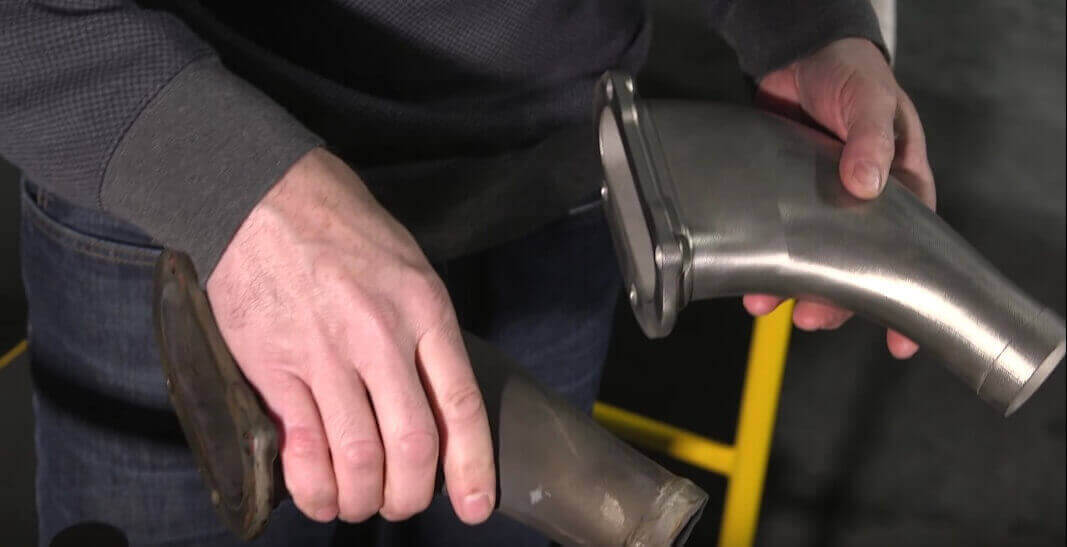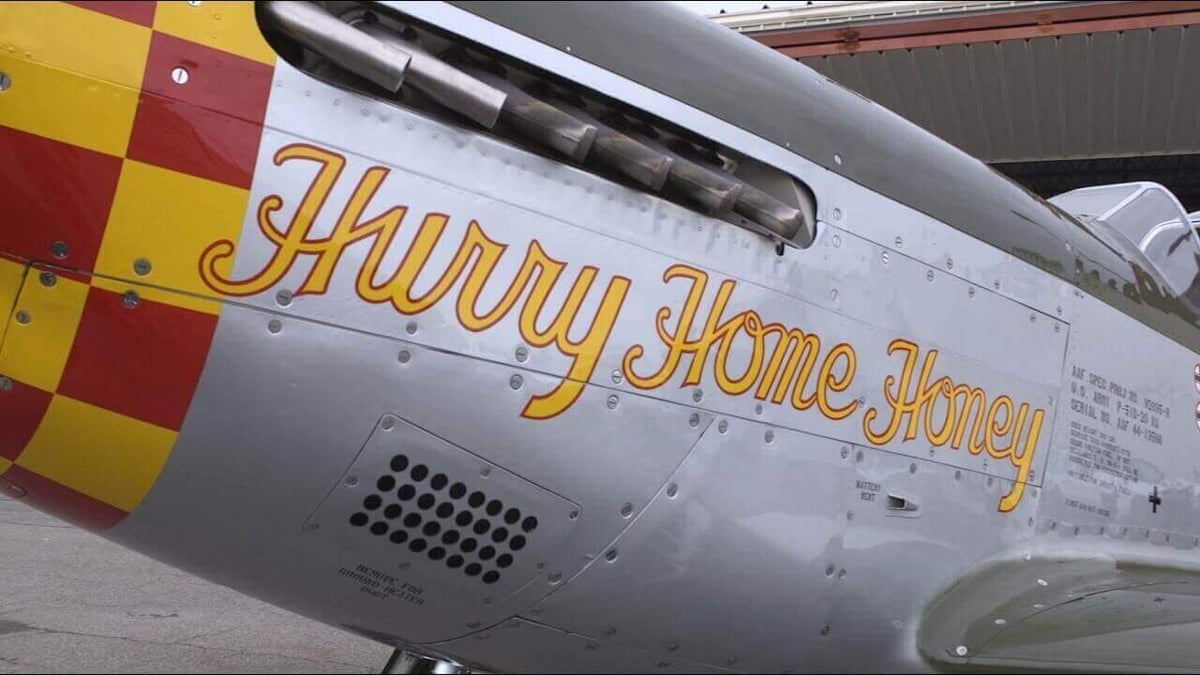Former Proto Labs Exec and president of Concept Laser team up to improve a classic wartime fighter plane with metal additive manufacturing.
Don’t Miss: 103-Year-Old Delage Type-S Saved by 3D Scanning and Printing
One of the perks of a successful career is the ability to pursue such flighty dreams as aircraft ownership.
More-so, a collectible and historic small aircraft. Double more so, such planes as an original warbird like the P-51D Mustang long-range fighter plane.
This is exactly such a scenario for Rob Connelly, former Vice President of the Additive Manufacturing division for Proto Labs. His 1944 P-51D Mustang was once flown by WWII ace Major Richard Peterson, who named the aircraft “Hurry Home Honey”.
However, the maintenance of such a machine is a huge factor. Speaking to Engineering.com, Connelly said:
“These planes have not been produced since the 1940s. And they didn’t make that many of them in the first place. Very few of them survived their military service. So, as you can imagine, the aircraft themselves and the parts for them are rather scarce.”
This very reality is what led Connelly and John Murray to think of ways to improve this situation. Murray is the President of Concept Laser, and a fellow pilot and friend to Connelly.
Murray said:
“As Rob and I talked, we thought, ‘how could we reach back 70 years and improve the design or make something more reliable?’ The exhaust stack came to mind because it’s visible, it goes through heat cycles, and it’s under tremendous stress in the airflow…. So, we thought, the original part was built from stainless steel. Can we can print a new one today in stainless steel, and have a brand new part for an aircraft that’s 70 years old?”

From Chit-Chat To Test Case
To better understand the exhaust stack, Murray and his team at Concept Laser turned to Phoenix Analysis and Design Technologies. It is here that expert Rey Chu and team reverse engineered the piece using 3D scanning.
Chu described the analysis process:
“We took the existing four-pieced welded assembly and used a blue light scanner, which has a very high resolution, giving us about 5 million data points per square inch of surface area. We scanned the whole assembly, took the point cloud data and turned it into a meshed surface model that smooths all the weld seams and all the machining surfaces.”
In addition the team simulated the flow characteristics of the part. This opened up the original’s quirks and flaws and how these impacted its performance.
With such detailed scans, Chu and his team were able to smooth out imperfections of the original manufacturing process. This and optimize the part for contemporary manufacturing.

3D Printing Parts For a P-51D Mustang
With the exhaust stack scanned for 3D printing, the next step is rendering it into something with physical form. Handily, Murray’s Concept Laser is a producer of powder bed-based laser metal additive manufacturing machines.
The company printed two exhaust stacks from stainless steel within a Concept Laser M2 cusing platform. Murray describes the thinking process as such:
“At first, we look at the part orientation; you’re trying to reduce the number of supports you’re going to have and where they’re needed to optimize the build. In this instance, we built two parts at one time, with supports on the down-facing surface and no supports going up vertically through the exhaust stack.”
Because of this, the resulting prints’ finishing requirements were minimized. Versus the original exhaust stack, Connelly’s new 3D printed piece eliminated 34 inches of weld seam.
In addition to the ability to conjure previously unsourceable parts, 3D printing could allow for greater longevity for such aircraft. Could we be on the cusp of an era of machines that look like the original, but beneath the skin are functionally better?

License: The text of "Enthusiasts Print Scarce Metal Parts For P-51D Mustang Plane" by All3DP is licensed under a Creative Commons Attribution 4.0 International License.